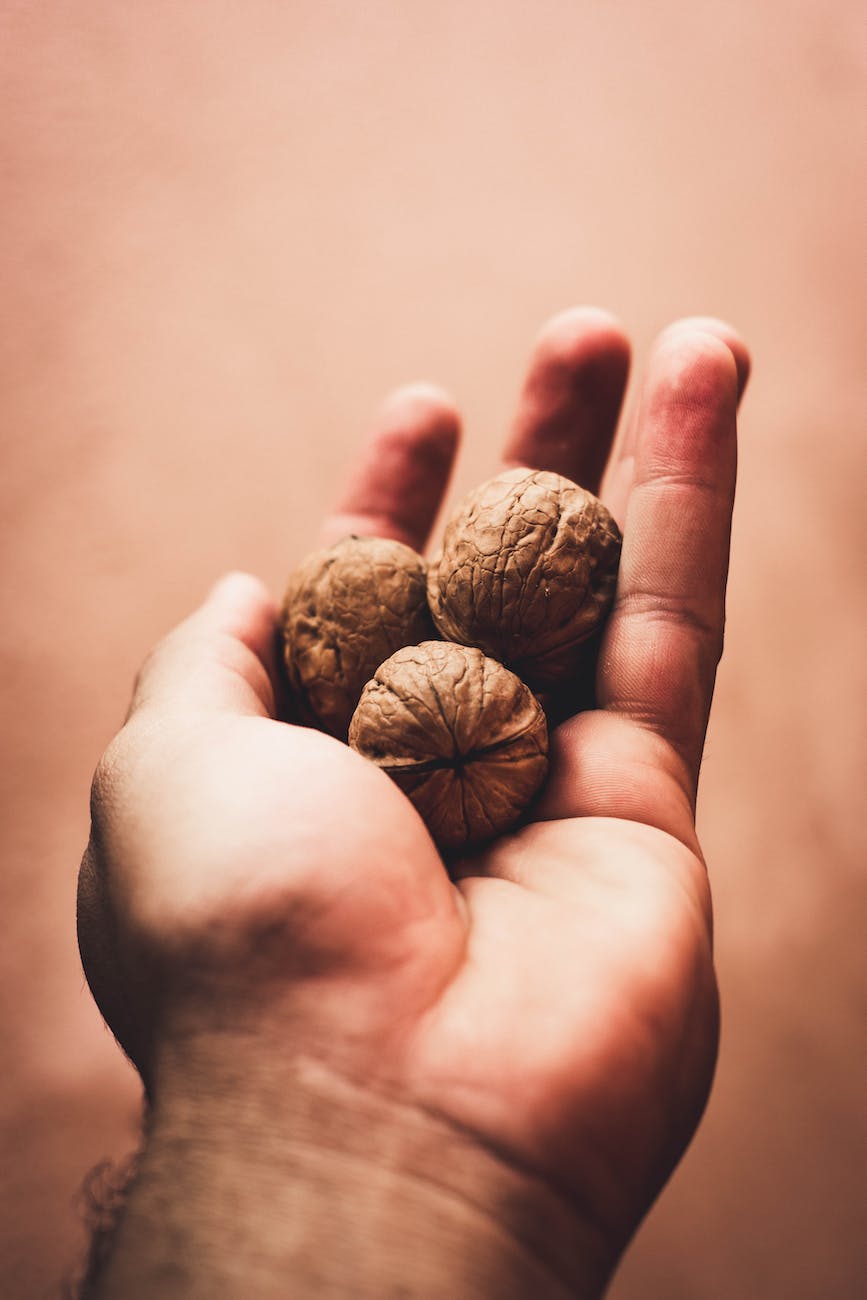
Introduction:
Walnuts, a beloved nut known for its myriad health benefits, becomes even more potent when soaked. But what’s the science behind this practice, and why has it been a staple in traditional diets? Dive in to discover the magic of soaked walnuts.
Why Soak Walnuts? The Science Behind the Practice:
Soaking walnuts isn’t just a culinary preference. It’s rooted in science.
- Reduced Phytic Acid: Soaking helps break down phytic acid, which can inhibit the absorption of essential minerals.
- Enhanced Digestibility: The process makes walnuts easier on the stomach, promoting better digestion.
- Activated Enzymes: Soaking can activate enzymes, enhancing the nut’s nutritional profile.
Did You Know? Soaking walnuts can also make them taste less bitter, offering a smoother palate experience.
The Health Benefits of Soaked Walnuts:
When walnuts take a water bath, they emerge with amplified benefits.
- Optimized Nutrient Absorption: With reduced phytic acid, your body can better absorb the walnut’s rich minerals.
- Support for Brain Health: Walnuts, often likened to the brain’s shape, are known for boosting cognitive functions. Soaking them might enhance these benefits.
- Heart Health: Soaked walnuts can be a heart-friendly addition, supporting cholesterol levels and overall cardiovascular health.
Fact: Walnuts are one of the few nuts that contain a significant amount of omega-3 fatty acids, crucial for brain health!
The Soaking Process: A Step-by-Step Guide:
Wondering how to soak walnuts correctly? Here’s a simple guide.
- Choose Fresh Walnuts: Ensure they’re free from mold or any off-putting smell.
- Rinse Thoroughly: Wash the walnuts under cold water to remove any dirt or residues.
- Soak in a Bowl: Place the walnuts in a large bowl and cover them with twice the amount of water.
- Wait: Let them soak for at least 12 hours. You’ll notice the water turning murky — that’s the phytic acid and other antinutrients being released.
- Rinse and Store: After soaking, rinse the walnuts and store them in the refrigerator. They’re now ready to be consumed!
Tip: You can add a pinch of salt during the soaking process to neutralize enzyme inhibitors further.
FAQs:
- Can I drink the water used for soaking walnuts? It’s best to discard the water as it contains phytic acid and other antinutrients released from the walnuts.
- How long should I soak the walnuts? Ideally, walnuts should be soaked for 12 hours. However, even a few hours of soaking can offer benefits.
- Is it safe to soak walnuts and almonds together? Yes, you can soak them together. However, ensure you’re aware of the soaking time for each nut to optimize the benefits.
Conclusion:
Soaked walnuts are more than just a culinary delight. They’re a nutritional powerhouse, offering enhanced benefits compared to their raw counterparts. Whether you’re looking to boost brain health, improve digestion, or simply enjoy a tastier nut, soaked walnuts are the way to go.









